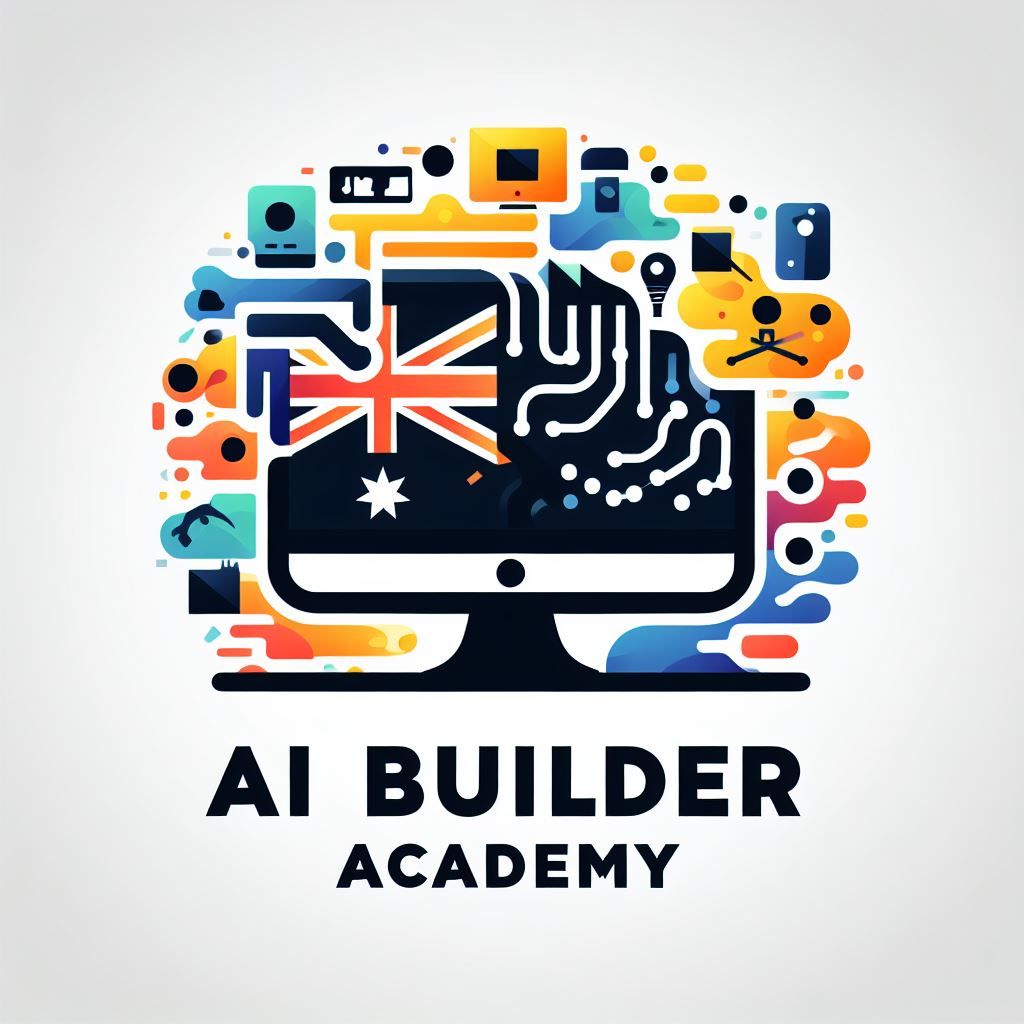IBM Generative AI: Introduction and Applications

Next up is IBM Generative AI course, which is part of the larger IBM Applied AI Professional Certificate.
The outline of the course is as follows:
Introduction and Capabilities of Generative AI
AI has 2 main approaches which both use deep learning.
Discriminative AI
The model is given a set of training data to classify data or predict an output based on the input. An email spam filter is an example of discriminative AI.
Generative AI
Generative models learn to generate new content based on the training data. Discriminative AI can not do this. A simple example of discriminative vs generative AI. With discriminative AI, you could input a picture of a tree as an example and ask the model if the input is a tree. Alternatively, generative AI can produce a picture of a tree with a prompt input, ''Draw a picture of an oak tree".
Both approaches could have significant productivity and economic advantages, particularly with generative AI capable of significantly changing how we work.
Capabilities of Generative AI
Generative AI can create:
Text
- Use Large Language Models, and LLMs to generate coherent, relevant output.
- An example is ChatGPT by OpenAI.
Image
- Use as Generative Adversarial Networks, GANs.
- Examples are DALL-E, Stable Diffusion, Adobe Firefly, and MidJourney.
Audio
- Convert Text To Speech, TTS, create synthetic voices, mimic voices.
- Examples are WaveGAN, MuseNet, and Tacotron 2.
Video
- Convert images or text into coherent video.
Code
- Convert text to code, auto complete code, debug and document code, and even create complete new code programs.
- Examples are GPT are GitHub Copilot.
There were some practical exercises during the course also to practice particularly image and code generation. Some of the tools linked to did not work anymore or required a paid subscription. The course was 'just OK'. The information could be found by doing some searching online yourself and experimenting with the tools available. I probably knew most of the information from reading I had previously done. As an absolute beginner course with no prior knowledge at all, I guess it's OK.
